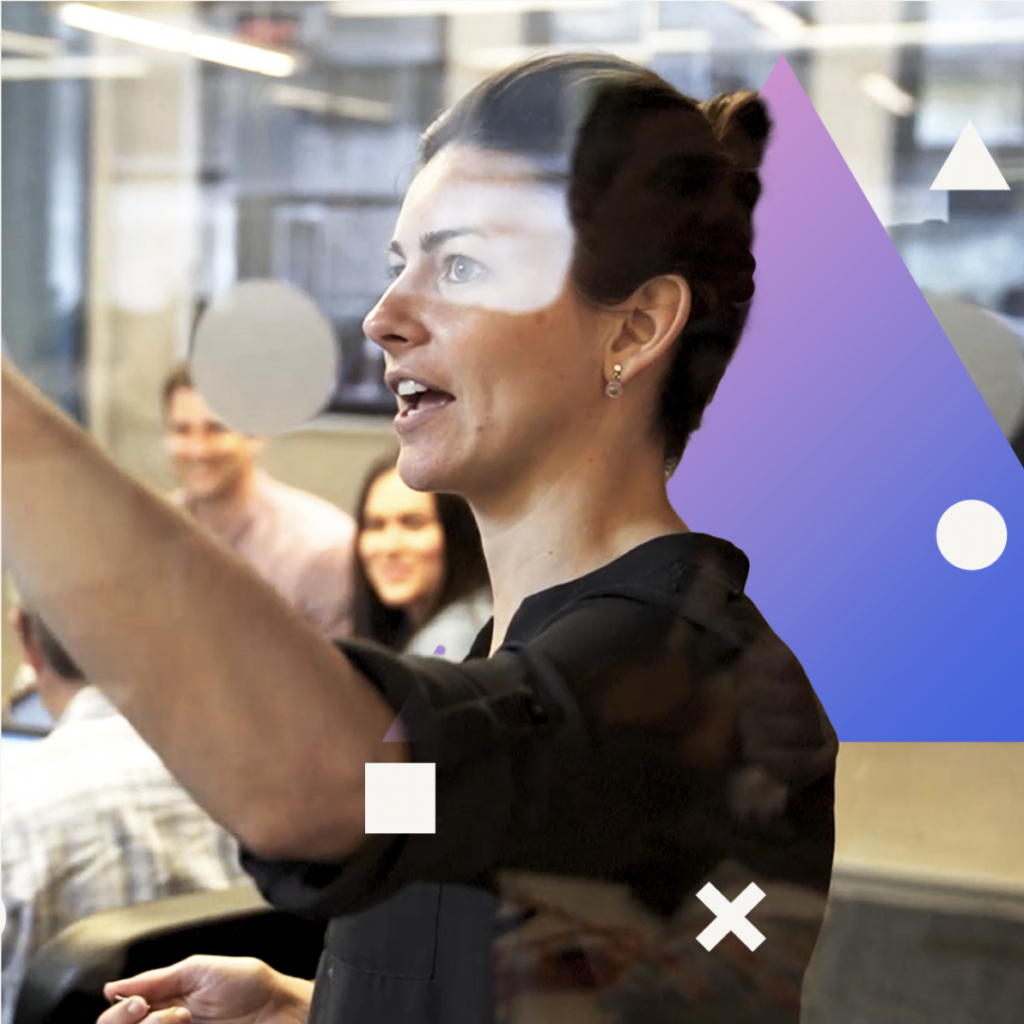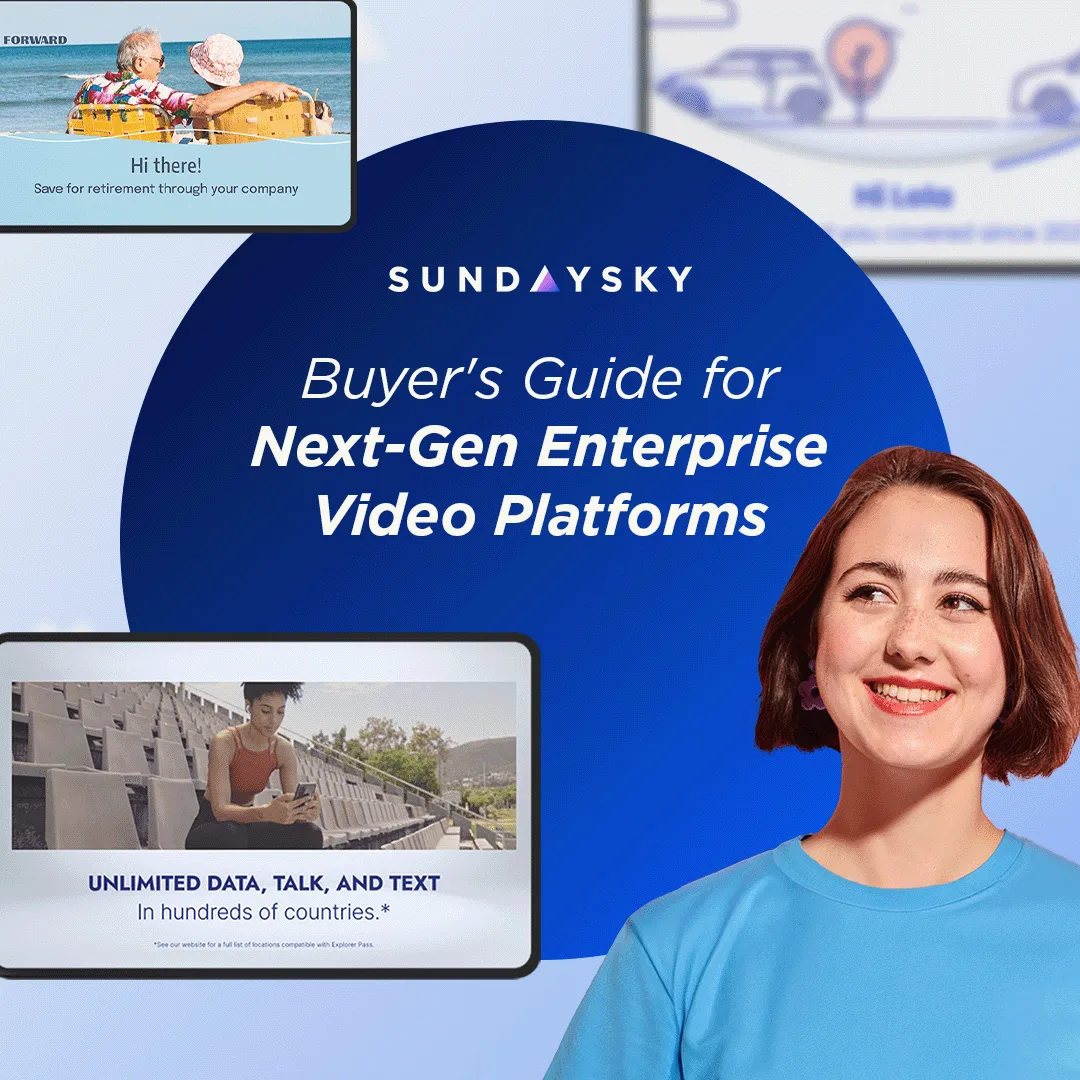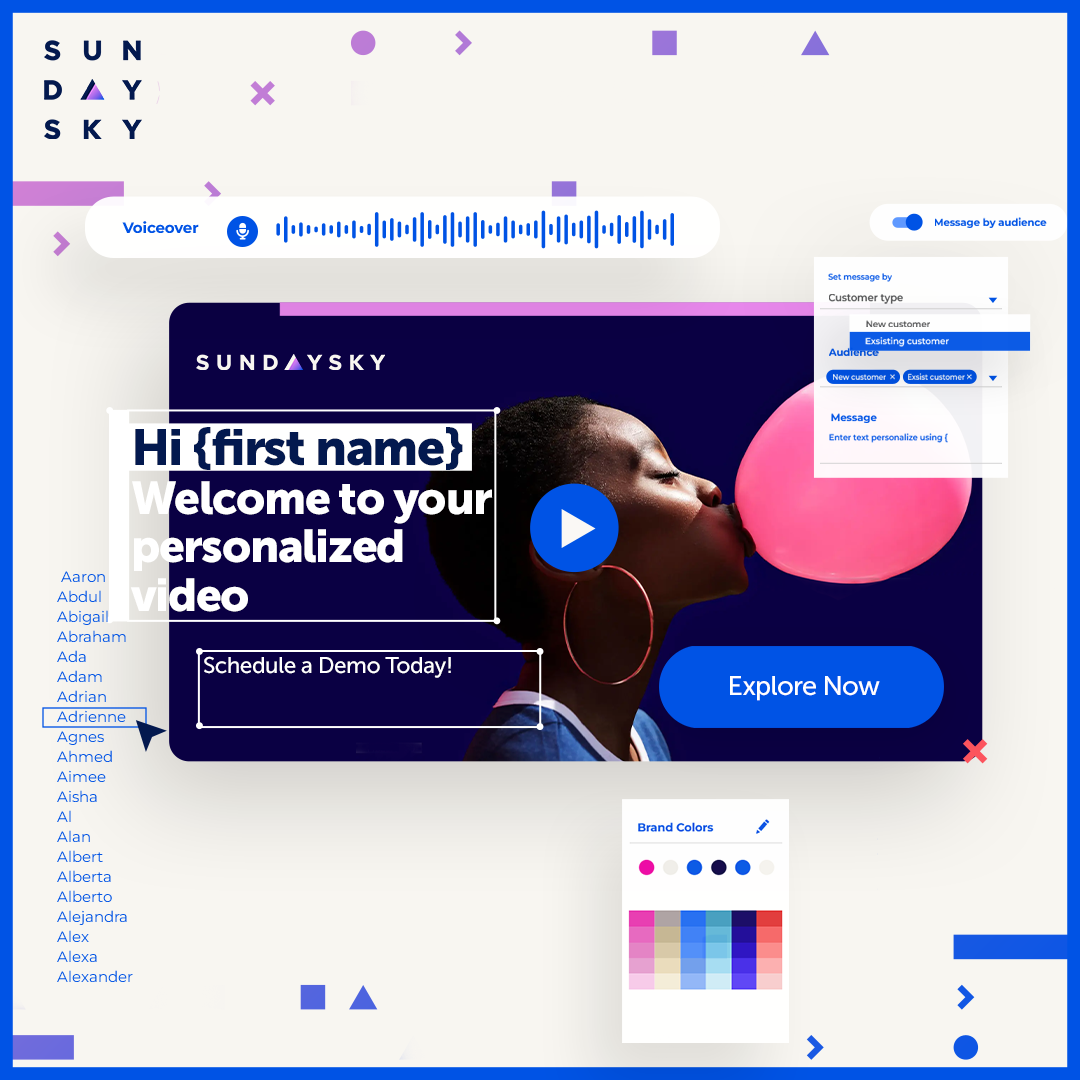Brands want their ads to reach as far as they possibly can, and they want that reach to provide as many leads as they are able to capture. The best way to achieve these goals is to play the games of the major digital publishers whose algorithms dictate the delivery of ads. Video advertising has been the centerpiece of advertising since all of those publishers have dubbed video the focus of all of their efforts.
So, why does fortune favor the video ad?
Whether it’s organic content or paid advertising, consumers are constantly being confronted with messages from brands today. This surplus of content has increased competition and thus led to the need for brands to differentiate their messaging in new and compelling ways. Video uses the power of sight, sound and motion to break through the constant content clutter of today and deliver a humanized, engaging communication that can hold the attention of individuals for much longer and at a much higher rate than other forms of content.
Once marketers understand why video is so important in today’s landscape, they immediately start to wonder how they can start best implementing it. These conversations tend to revolve around best practices and touch on everything from how the content within the videos should be structured to what the perfect length is for a video. The truth, though, is that consumer engagement videos don’t really have one-size-fits-all best practices. Therefore, instead of embellishing a handful of “sort-of” best practices, here are three big trends I think will really start to make way in the video advertising space over this year.
Video programs will be strategized with testing frameworks inherently built into them.
Marketers have always wondered if the sales pitch should be front-loaded or if the brand messaging needs to take front and center within a video. As stated above, there really isn’t an answer to this question that will be right for every video created by every brand for every situation. Which content structure and storytelling flow works best is always going to change depending on the audience, the touchpoint, and even the content itself. Sometimes a solely product-focused ad is going to be the most effective format because the video is being delivered to the regular customer a day after they were on the the checkout page and abandoned their cart last minute. Other times, that consumer may have never purchased something from the brand before, so a video ad that mixes brand messaging with the product offer is more necessary for convincing them to click through. In this example, the brand and the touchpoint are the same as the first example but the audience is slightly different, and therefore the video content needs to be structured differently.
Paying attention to slight differences like the one above can help marketing programs perform exponentially better than they would otherwise. Changing the conversation around content structure within video to focus on built-in testing frameworks that allow optimization in real-time instead of straightforward best practices that claim they “always” perform best is vital if the marketing community wants to be able to address those details at scale. Many brands already understand this, and their marketing teams will lead the way this year by implementing large-scale video platforms that allow for agile creative testing of their video programs.
Personalization and interactivity will increase video engagement even further.
Long gone are the days where video content is limited by standardized lengths and hindered by attribution complexity. As personalization and interactivity continue to engulf the video advertising space, marketers are using more thorough frameworks to create and execute their video advertising programs. By tying customer data points directly to video scenes, marketers are able to attribute behavior changes directly to videos. This year will see extraordinary strides in attribution leaders moving ever-closer to being able to simply and seamlessly attribute real business value directly to video engagements. In addition to the advances in attribution, personalization and interactivity will continue to grow more prominent in the video advertising space due to the value they continue to consistently prove.
Broadcast will continue to struggle as we enter the true beginning of the end.
Finally, people have been discussing the death of cable for what seems like almost a decade now. This year will finally see a large influx of streaming services that have been hyped up over the past three years as true competitors to Netflix; Disney+, DC Universe, AppleTV. As more options (like those above) become available, a majority of the population will become streaming service customers instead of cable subscribers. Eventually, this shift is going to make broadcast an obsolete channel for brands interested in spending money strictly in places that can provide sizeable returns. That said, broadcast will continue to be a part of many major brands’ video channel mix while it lasts, but any brand planning to survive well into the future is going to shift their focus to the more direct channels; such as social media and on-site. Piggybacking on entertainment content, such as commercials between TV shows, could soon become a trend of the past depending on the direction these streaming services take in the coming years.
As disruptive market trends, such as broadcast to streaming or traditional retail to direct-to-consumer, continue to pop up left and right proven tactics and strategies, such as video advertising, will keep pivoting to find their place. Throughout 2019, video advertising will continue to grow with the extremely fast and ever-changing digital world that it now lives in. Becoming more agile, more relevant, and more direct are all big trends that will be the highlight of conversation in any leading video advertising circle this year.




